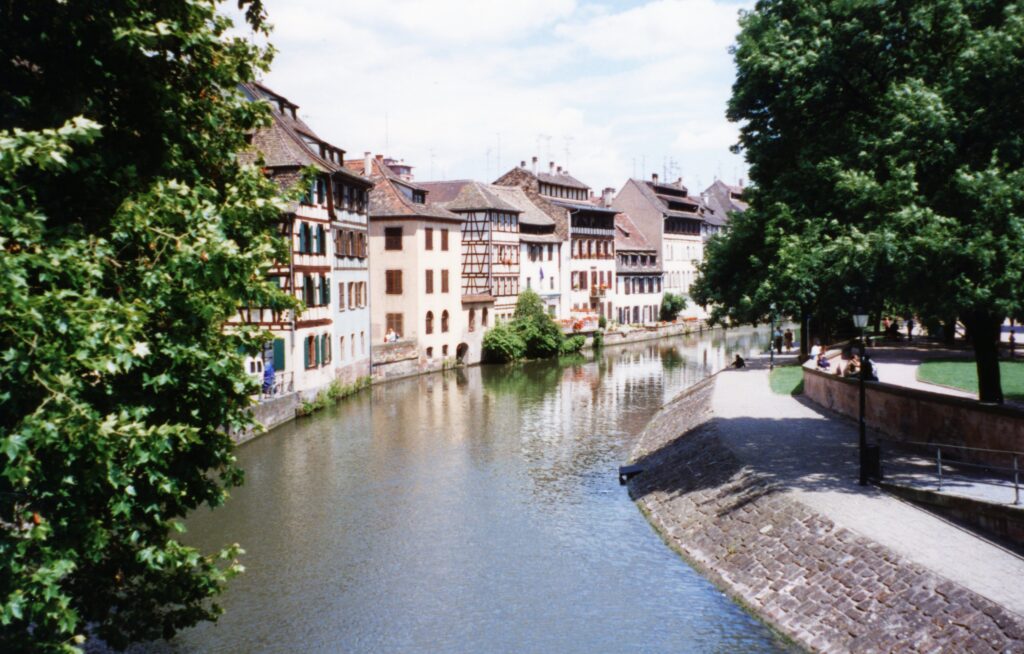
To this very day my grasp of the French language is embarrassingly inadequate, and advancing age suggests the immediate prospects for improvement are slim.
This only matters because we’re taking a holiday in France, and during the course of the mental inventory, a key phrase returned to me. It was imparted very early during my travels: Une bière pression, s’il vous plait, or “a draft beer, please.”
While traveling overseas in daze of old it was considered good manners to make an effort, however fumbling and ineffectual, to speak a few words in the local language before bowing humbly to the inevitability that natives speak English far more convincingly than Americans.
Hence, learning in advance a few basic numbers, how to say please and thank you, “where is the toilet,” and of course, the way to request “a draft beer, please.”
The pre-digital simplicity of this request, whether expressed in French or Finnish, is stunning in retrospect: I’ll take a draft beer, and any draft beer will do so long as it’s wet and contains alcohol.
Who ever does this now?
I consider it a nostalgic vestige of lost beer worlds, recalling a time when we believed in the power of pocket-sized books entitled “Speak French Just Like a Native in One Week,” and furthermore, were quite sure that if a beer was European, it was sure to be better than Old Swillwaukee.
(Usually, though not necessarily).
Given that today’s beer drinkers are blithely accustomed to the post-craft explosion of seemingly unlimited choice, it’s almost ludicrous to imagine any of them walking into a bar, anywhere in the world, and asking for “a draft beer, please,” then settling meekly for whatever materializes, absent all the standard expected explanations of brewery origin, hop varieties and choice of freshly dumped spirits barrels for aging – not to mention the now familiar checklist, a litany of qualifications with reference to gluten, pesticides, peanuts, fish bladder, and could you make sure the tofu cream on the pastry stout’s whipped topping is low-fat?
Une bière pression, s’il vous plait.
Obviously the point of knowing those few words was to politely facilitate fundamental tasks, not intricately analyze philosophical treatises. Indeed, there were many times when knowing how to ask for red wine in Italian felt much better for one’s ego than gesturing theatrically at the empty bottle atop a neighbor’s table.
I’m quite positive there are vast tracts of the planet in 2024 where not “everyone” speaks English, although these days in Europe you’d be forgiven for imagining they all do, especially younger people and those folks working in the hospitality and tourism businesses.
Likely this is true in present-day France as well, although in a previous epoch it was assumed that the French would be the least likely of people to shift effortlessly into English. They were like that, don’t you know. Speaking personally, Paris was the only French locale where I ever experienced any such willful communications breakdowns, and even there it was scant and barely memorable.
France is a big country, and scattered locales I’ve visited like Normandy, the French Alps, Tresserre (a village near Spain) or Revin (a northern area quite reminiscent of West Virginia) were a delight. Most of the time if my behavior stayed low-key, my demeanor respectful, I smiled a lot and displayed curiosity about my surroundings, people in France (anywhere, really) were great in spite of language barriers.
Sometimes they’d become exasperated at the way Americans act in public, but then again, so do I. I’d stand up straight and say no, not me; I’m actually from Blackpool.

Let’s flip the beers around.
Imagine for a moment that you’re French, entering a typical American bar during the 1980s, at the very same time I was wandering through France. Your view of the tap handles is obscured by people dancing atop the bar. You say, in English, “I’ll have a draft beer, please.”
What would you get?
There’s a 95% certainty of it being wretched American mass-market lager, drawn from a relatively small number of taps bearing different names and tasting exactly the same, destined to be resurrected from the dead many decades later as marketing-forward legacy brands that young people in 2024 routinely adore for the restorative powers of their evocative vintage label art; unfortunately the beer itself tastes as pitifully generic today as it did in 1985, with the only real difference being the likelihood nowadays that one spout is pouring Mexican cornpone like Modelo, and not Bud Light (because: politics).
Contrast this with an American in France, also around 1985: Une bière pression, s’il vous plait.
You can see the tap handles but aren’t familiar with them; maybe there’s a twinge of the instinctive American terror of being served warm beer (sadly justified based on our collective childhood trauma, seeing as Milwaukee’s Beast could be subdued only when served frozen to numb the taste buds).
As for what the server brought you in France during the Reagan administration … well, honestly, it wasn’t always much different from the norm back home in Topeka.
Drafts in France usually were insipidly golden lagers, although at least there was an outside chance of a wild card – a random dark lager or red ale. But being able to ask for it in French, while in France, was cultural triumph enough to preclude risking any further language problems by seeking to define it precisely by brand, style or size.
The glass of liquid handed to you in 1985 likely would be tolerable. You’d shut up, drink it, pay your tab and refrain from complaining aloud about your ill treatment earlier in the afternoon at the McDonald’s on the Left Bank, WHERE YOU WERE INSANE TO HAVE EATEN IN THE FIRST PLACE – WHO ON EARTH RAISED YOU, ANYWAY?
Although on occasion there’d be a surprise, maybe a draft Leffe from Belgium out of the blue, as opposed to French-brewed Kanterbräu (affectionately redubbed “Cancer-brau” by my friend Barr, who was not a fan of it, so he made sure to drink plenty, anyway). When it came to ordering food, it’d be back to pointing at the equine steak frites being eaten by that dude lying on the floor.
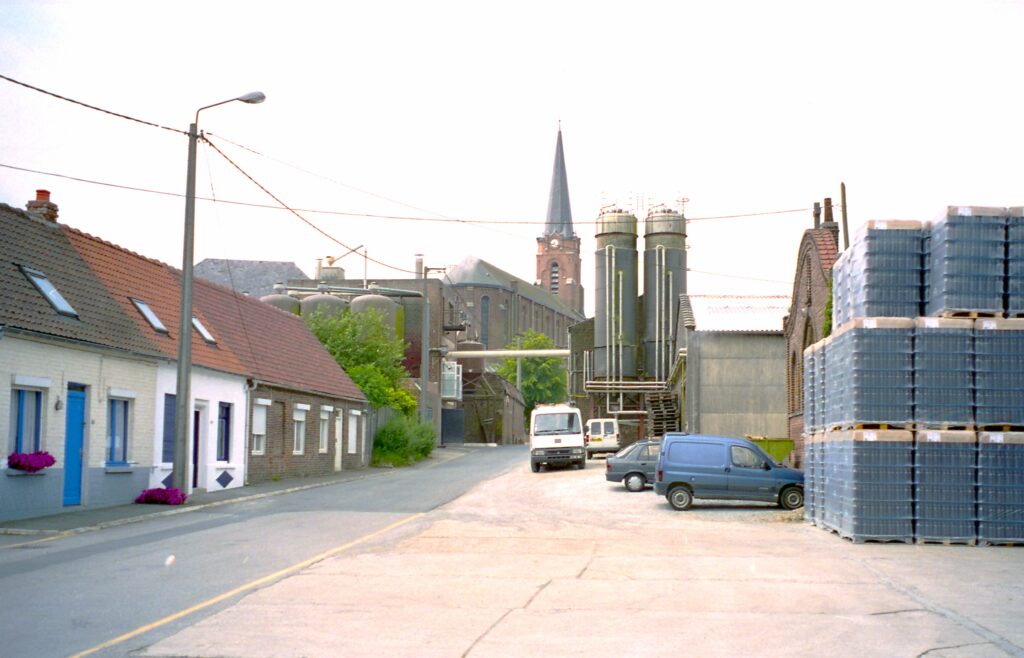
There was conventional travelers’ wisdom about French beer during the 1980s. It got one thing mostly right, but missed another entirely.
We’d be told that the best French lagers came from Alsace-Lorraine, an area fought over by France and Germany, and possessed at times by one, then the other (and back again). The prevailing theory went that brewers in these contested provinces absorbed and synthesized favored elements of Bavarian and French beers, producing quality results, as with Fischer’s amber lager in the fat ceramic-stoppered bottles, and completely unlike the quart bottles of Super Valstar at the channel ports, they of the reusable plastic caps and ridiculously low price tags.
My frame of reference wasn’t sufficiently broad to certify this suggested Alsatian narrative, although Fischer and Kronenbourg were solid enough, and it did seem that sausages and kraut in Strasbourg somehow exuded white-table-cloth elegance in a manner differing from similarly heaping platters in Gunzenhausen.
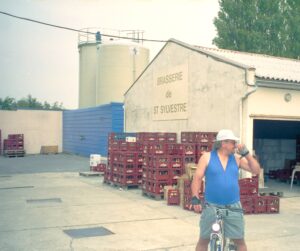
However, a far more interesting aspect of traditional French brewing utterly eluded us in the beginning: Bieres de Garde, a catch-all name describing local brewing customs in the north of France near the Belgian border.
Indeed, after all these years of striving (lord, how I’ve tried), the concept of Bieres de Garde remains mysterious to Americans, even those who embrace a craft beer ethos. That’s too bad. They’re fine beers, for the most part.
(In metropolitan Louisville, Two Brothers Domaine DuPage French Style Country Ale out of Chicago has been one of the few readily available American interpretations.)
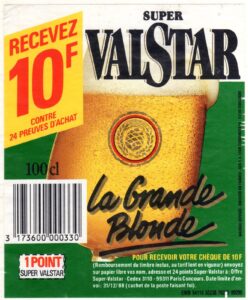
Some of the ignorance about French Bieres de Garde owes to lingering prejudice against French beer overall, and while this may have been partially justified as it pertains to the aforementioned mass-market French golden lagers, brews once notorious for being shipped duty-free to places like the United Kingdom for use as fuel for soccer hooligans (it’s not the fault of the French that Brits unfavorably taxed their own cask ales), you’d think we’d have learned something in 40 years about the “craft component” of French brewing.
Yes, me and my proclivities as a cockeyed optimist.
Historically, Bieres de Garde were fashioned at farmhouses and small urban breweries. Climatically and historically, the Franco-Belgian border is a transitional zone, where southerly wine-making meets northerly brewing, and Bieres de Garde originally came about as the thoughtful solution to problems posed by summertime heat, which rendered brewing almost impossible in the age before temperature-controlled fermentation.
The farmers brewed ale during cooler weather, bottled it in used wine and champagne bottles, and then cellared the bottles for drinking during summer until the heat subsided in autumn and brewing could resume.
Bieres de Garde had to be sufficiently ample and alcoholic for aging, but not too heavy in body for warm-weather drinking. They also had to go well with food, because after all, it’s France. Hence, the wonderfully complex maltiness of the style’s better, enduring examples, like Trois Monts, Jenlain, La Choulette and Castelain.
Alas, as you read these words, I’m positioned nowhere near northern France, but rather in Nice, which lies on the Mediterranean shore. No complaints. My only firm rule of thumb entering into the current journey is an abject refusal to imbibe Cancerbrau if at all avoidable; I see it still exists, as brewed by Kronenbourg, which in turn is now part of the Carlsberg group.
Consequently, preliminary research suggests that contemporary craft beer culture is being served well (and well served) in Nice, as at the “local” BrewDog outlet just around the corner from our hotel, which I’ll probably avoid.
Craft Beer from the French Riviera, by Phoebe Thomas
While Provence is justifiably famous for its rosé wine, what is massively less well-known is its growing beer scene. The craze for craft beer has not passed this area by. In fact it’s well and truly thriving with plenty of micro-breweries popping up across the region. In 2020, in the Alpes-Maritimes alone, there are 21 (up from 10 in 2015) and across France as a whole, there are now more than 2000 independent craft brewers (up from 793 in 2015).
Wait, does this say 2,000 breweries? Gadzooks, I had no idea. One of them that sounds promising in Nice is Brasserie Bleue. It looks to be about a half-mile from the hotel.
Born in 2015, the Bleue micro-brewery is the result of a love of craft beer and the ambition to cultivate this industry on the Côte d’Azur. The first recipes are developed and refined at home, before being bottled by hand and tested by brave neighbors and friends.
As for ordering these newfangled craft-brewed styles, Berlitz comes to the rescue with a helpful glossary. How does one say India Pale Ale?
“India Pale Ale,” of course. À la vôtre !
—
Previously at Hip Hops:
Hip Hops: My journey to Rogue Nation in 2006, and its present-day reinvention





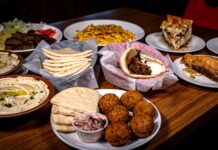













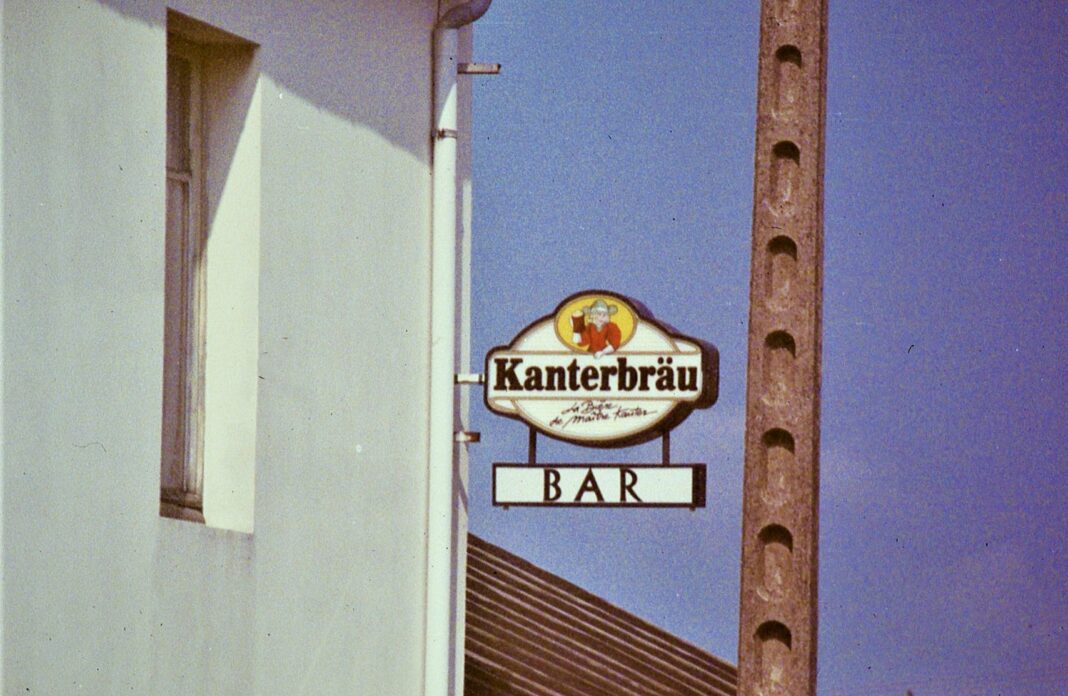
 Roger Baylor is an entrepreneur, educator, and innovator with 42 years of beer business experience in metropolitan Louisville as a bartender, package store clerk, brewery owner, restaurateur, writer, traveler, polemicist, homebrewing club founder, tour operator and all-purpose contrarian.
Roger Baylor is an entrepreneur, educator, and innovator with 42 years of beer business experience in metropolitan Louisville as a bartender, package store clerk, brewery owner, restaurateur, writer, traveler, polemicist, homebrewing club founder, tour operator and all-purpose contrarian.




